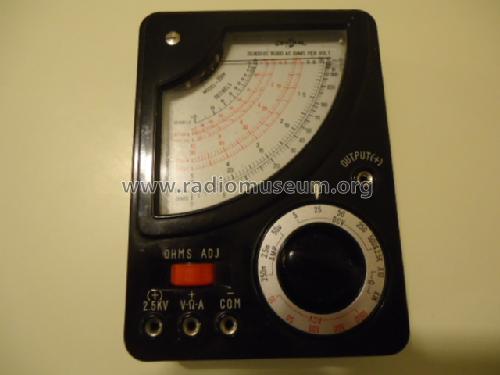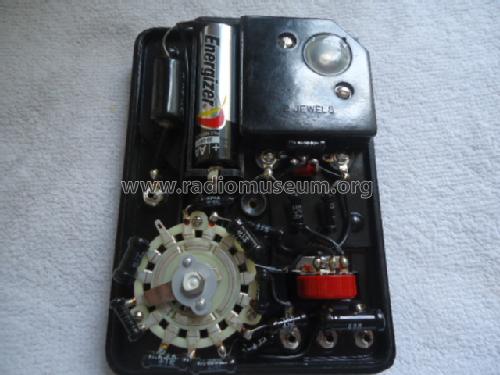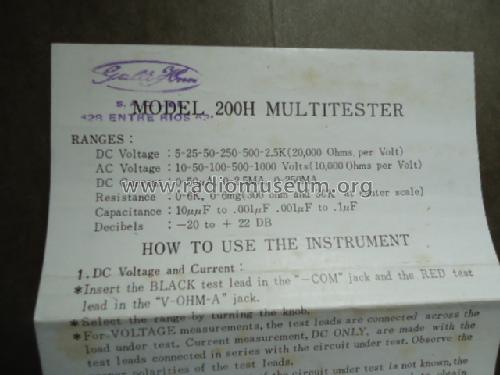Originally posted by bobloblaws
View Post
Then how come your meter reads that high?
Ah ... but your meter is not measuring actual capacitance
What they actually do is apply some AC, typically 1kHz squarewave at one end of the cap, load the other end with a suitable value resistor, and measure how much AC do they find at the other side.
Of course, the higher the AC goes through , the higher the capacuitance, and viceversa, so they scale that AC MEASUREMENT by some convenient factor, show it on a screen (or with an analog needle/scale display) and label it as capacitance.
Not a Lab measurement by any means, but good enough for casual Service Tech needs.
Problem is, if cap is very lossy, insulation is degraded, etc., it will pass more current than expected which on a poor capacitance meter (what´s bundled as an extra inside a general purpose multimeter) it will be wrongly read as higher capacitance.
Two similar "flawed measurement" cases:
* germanium transistors show very high Hfe , DC current gain.
Truth is they are passing way more current than expected, not because of high gain but simply because they are very lossy.
* poor meters trying to read ripple: not true AC meters (expensive) but cheap ones (which can only read DC) with a diode stuck in series and readings multiplied by 2.25 X ... good enough to measure mains or transformer taps but read any DC present as "monster AC".
Both cases: flawed measurement techniques showing the flaws.


 in modern digital $10 meters, which is what 99.9% users are using (including me who save the good ones for nobler purposes) ; real old PRO meters such as HP or Simpson were definitely not in my radar screen (why would I assume they were used unless specifically stated) and might or might not be compensated for that, user manual should be read.
in modern digital $10 meters, which is what 99.9% users are using (including me who save the good ones for nobler purposes) ; real old PRO meters such as HP or Simpson were definitely not in my radar screen (why would I assume they were used unless specifically stated) and might or might not be compensated for that, user manual should be read. 



Comment